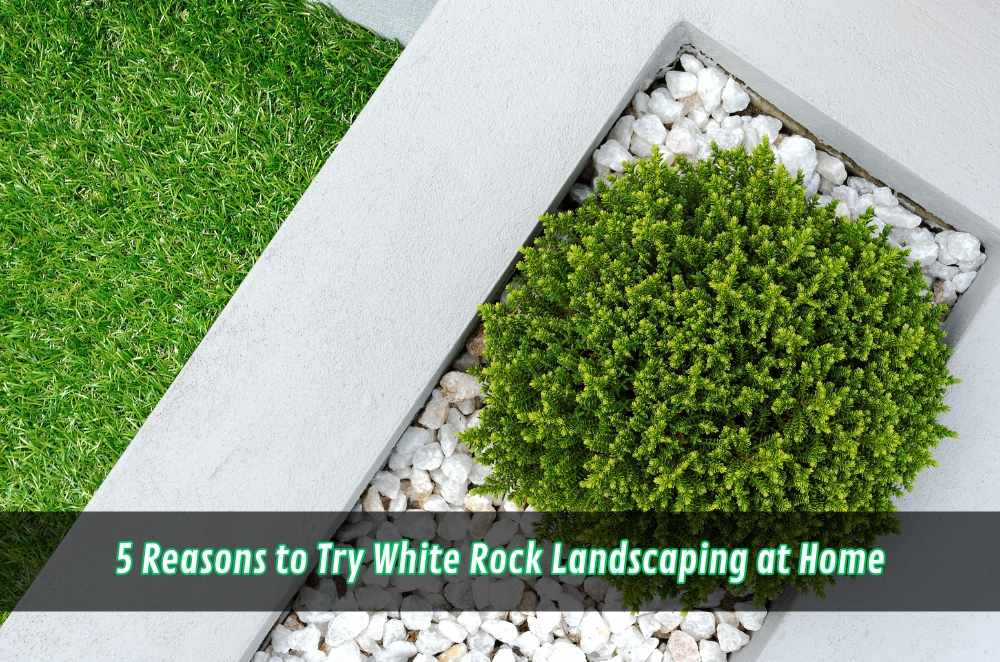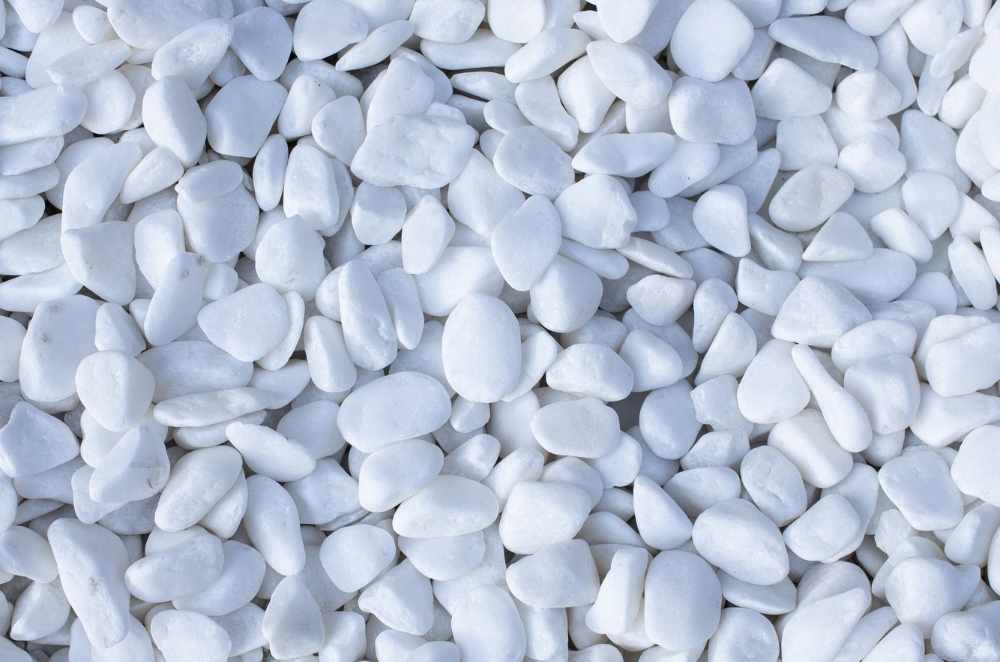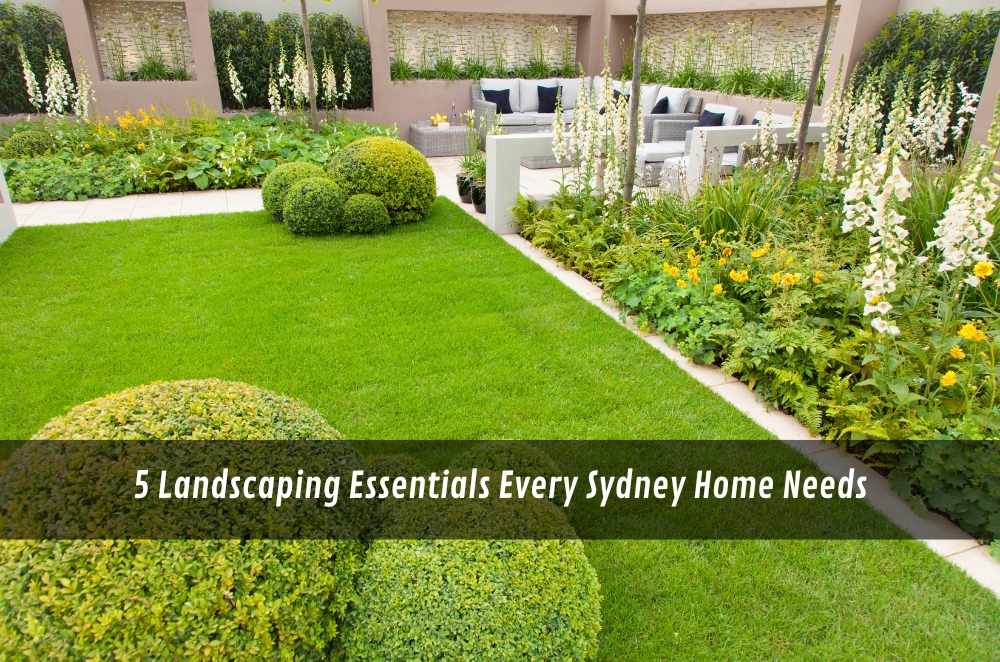
Not every garden needs to be a jungle. In fact, these days, more homeowners are ditching thirsty lawns and high-maintenance greenery in favour of clean, minimalist looks that still turn heads. Enter landscaping white rock, a simple yet striking approach to modern garden design that’s blowing up across Sydney suburbs.
I wasn’t fully convinced at first. Rock gardens? Felt a bit cold. But after seeing a neighbour’s place totally transformed with crisp white stones, native plants, and soft lighting? I was hooked. Not only did it look great all year round, but it needed barely any upkeep, and it held up like a champ through summer.
If you're curious whether white rock could work in your yard, here are five reasons why it might be exactly the change you need.
1. It creates a clean, contemporary aesthetic
One of the biggest appeals of white rock landscaping is its visual impact. It instantly elevates even a small front yard, giving it structure, symmetry, and a polished finish.
White rock works beautifully with:
Modern home facades
Dark feature walls or fences (great contrast)
Concrete, steel, and timber textures
Symmetrical or geometric planting layouts
Whether you want a full garden refresh or just a visual upgrade around your mailbox or side path, white rock delivers big style with very little material.
I’ve used it to edge a narrow walkway, and suddenly the whole space felt deliberate—almost architectural.
2. It's low-maintenance (really)
Let’s be real. Most of us love the idea of a lush garden—but not the hours spent trimming, fertilising, or pulling weeds every weekend.
White rock landscaping reduces:
Lawn areas that need mowing
Bare patches of soil that attract weeds
Over-reliance on irrigation systems
Constant seasonal planting
Once installed properly, with a good weed mat underneath, your white rock zones become self-sufficient. Occasional raking and a quick leaf blower pass is usually all it needs.
It’s especially great for busy households, older homeowners, or rental properties where simplicity and durability matter more than colour variety.
3. It supports water-wise garden design
Sydney isn’t getting any cooler—or wetter. With longer dry spells and tighter water restrictions, white rock gardens are becoming a go-to option for sustainable landscaping.
Instead of planting thirsty grass or non-native flowers, you can combine white stones with hardy species like:
Lomandra
Westringia
Kangaroo paw
Succulents or cacti
Native groundcovers
This setup aligns perfectly with low-water-use garden design, helping you reduce your footprint without sacrificing visual appeal.
Bonus? Rocks don’t die in the heatwave.
4. It's more flexible than it looks
Think white rock is only good for garden beds? Think again.
Here are just a few ways I’ve seen it used:
Around stepping stone paths
As drainage zones under downpipes
Between pavers for a gravel courtyard look
As a border around decked or paved areas
Beneath raised veggie beds to tidy the space
You can even mix sizes—combine fine crushed quartz with larger white river pebbles for texture. And because it’s not a permanent fixture like concrete, you can rework or reshape areas down the track as your needs or layout change.
Pair it with smart edging, statement plants, and solar lighting, and suddenly you’ve created an Instagram-worthy zone without breaking a sweat.
Need help balancing ground cover and soil health? Have a look at how to choose the right mulch.
5. It boosts curb appeal (and resale potential)
You know that feeling when you walk past a house and everything just looks... put together?
That’s the power of good landscaping. And white rock plays a huge part in that. It reflects light, adds contrast, and gives your facade an instant lift. Best of all, it doesn’t fade, wilt, or go dormant in winter.
Real estate agents will tell you: homes with tidy, modern front gardens tend to attract more buyers and stronger offers. A white rock garden adds that wow factor, even if the house itself is fairly modest.
Want to combine it with other clean design trends? Browse ideas like modern front yard ideas to really pull it all together.

But wait—what about the heat?
It’s true. White rocks reflect light, which can make nearby areas a little warmer on hot days. But it’s manageable.
A few tips:
Use shade plants or install a shade sail in full-sun zones
Stick to crushed stones over large polished pebbles
Place seating zones away from high-reflective surfaces
Add organic mulch between planting clusters for cooler soil
In my case, we planted a low hedge beside our white rock bed, which blocked most of the late arvo sun—and it’s made a huge difference.
How much does white rock landscaping cost?
Compared to other materials, white rock can feel pricey upfront, but it pays off long-term. You’re not replacing turf, trimming hedges, or applying pesticides every few months.
Typical costs in Sydney (as of this year):
$100–$180 per cubic metre for decorative white gravel or pebbles
$20–$40 per linear metre for edging
Labour varies based on site prep, excavation, and weed barrier installation
For small areas, DIY is totally doable. For bigger front yards or sloped sections, it’s worth hiring a pro.
Final thoughts
I used to think “low maintenance” meant boring. But white rock landscaping flipped that for me. It’s clean. It’s bold. It works in tiny spaces and big showpiece yards. And best of all? It gives you more time to enjoy the space instead of constantly working in it.
Whether you’re planning a full garden reno or just want to tidy up your verge or side path, don’t overlook the power of landscaping white rock. One trip to the stone yard and you might just rethink everything.








Write a comment ...